EMPA scientists intend to reclaim waste heat from fuel cells using using thermoelectric converters.
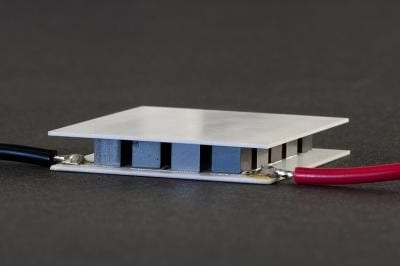

EMPA scientists intend to reclaim waste heat from fuel cells using using thermoelectric converters.
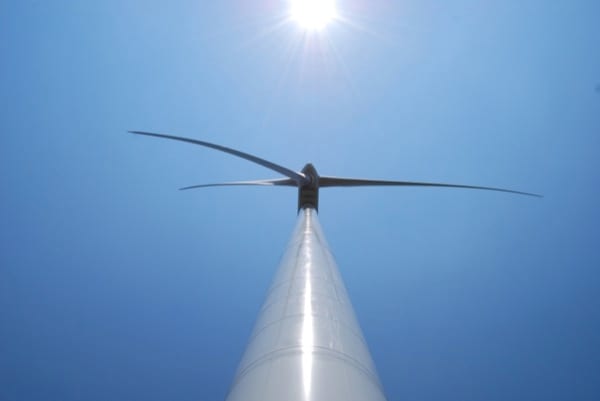
Renewable energy could fully power a large electric grid 99.9 percent of the time by 2030 at costs comparable to today’s electricity expenses.
Rolith has announced that it has received an exclusive license to methods of micro and nano-patterning substrates to make transparent conductive electrodes.
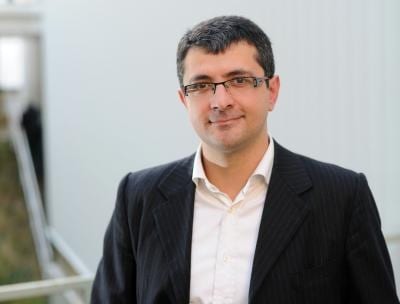
Insight into the properties of fullerene is set to open the door to better and cheaper organic solar cells.
Wanxiang to acquire substantially all of A123’s assets for $256.6 million subject to approval.
Saft has been awarded a multi-million dollar contract from Boeing to build Li-ion battery packs for four new 702SP communications satellites.
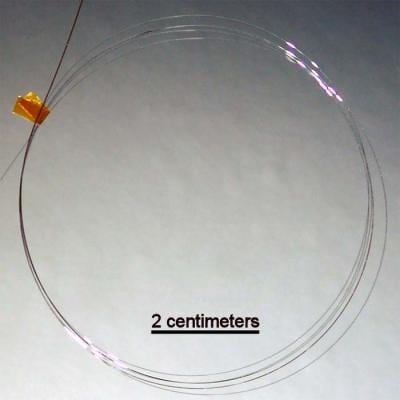
Researchers make a fiber out of crystalline silicon semiconductor materials that can function as a solar cell.
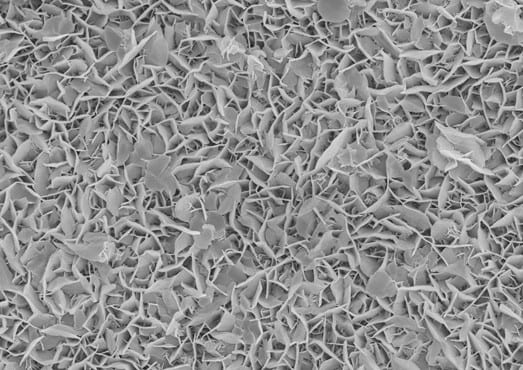
Professor X. W. Lou and co-workers report a new method to grow nanosheets on conductive substrates as a conductive agent-free electrode for supercapacitors.
Buildings and statues constructed of limestone can be protected from pollution by applying a thin, single layer of a water-resistant coating.
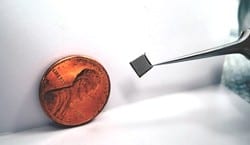
New breed of micro fuel cell could serve as a long-lasting, low-cost, and eco-friendly power source for portable electronic devices.